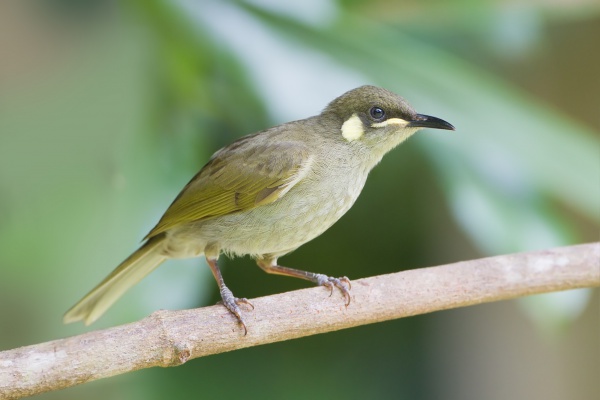Facts About Yellow-spotted honeyeater
The yellow-spotted honeyeater, also known as the lesser Lewin, is a captivating bird endemic to northern Queensland, Australia. As a member of the Meliphagidae family, it is easily identified by the distinctive yellow patch behind its eyes. Sporting a mix of olive, brown, and gray feathers, this bird typically weighs between 23 and 30 grams and has a wingspan of approximately 8 to 9 centimeters. There are two recognized subspecies: Meliphaga notata notata and Meliphaga notata mixta.
Renowned for their assertive behavior and loud, metallic calls, these birds thrive in the tropical rainforests of North Queensland at elevations ranging from 200 to 1200 meters. They are sedentary, remaining in their habitats year-round, whether in dense forest undergrowth or suburban areas with sufficient tree cover.
The population of yellow-spotted honeyeaters is stable, earning them a "Least Concern" status on the IUCN Red List. Their diet includes insects, nectar, and fruit. One of their most notable characteristics is their unique rattling song. For nesting, they construct cup-shaped structures from bark and plant materials, laying elliptical eggs that are marked with white and splotches of purple or brown.
